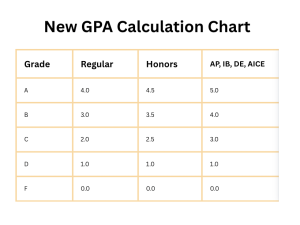Issue 1: eLearning can damage physical health
October 26, 2020
Hillsborough County eLearning was proposed as an alternative to brick-and-mortal school, where students could attend school from their home computer. The program involves learning alongside in-class students, but the side-by-side learning requires spending long, sedentary hours at the computer, which is known to impair health.
Eye strain. Headaches. Fatigue. Back pains. All symptoms related to computer vision syndrome, which results from using a computer for hours on end. The symptoms typically disappear at the end of the working day, but if they aren’t prevented, they will continue to worsen. Working for four hours straight on the computer has been associated with these symptoms, and the school day from start to finish is just over seven hours, not including homework.
“Not only was I staring at the screen all day just for school, I had homework after that so there were some days where I was staring at my computer screen alone for 10-12 hours,” Emma Geerholt (’22) said.
There are multiple factors in what causes computer vision syndrome. There is an increased visual demand with a computer than with printed text because the contrast of black text vs. white screen with the brightness of the screen worsens the visual strain. Improper posture while sitting at the computer for hours causes musculoskeletal pains in an effort to see the computer better.
Prevention is the key to solving these problems. Researchers recommend sitting with the eyes 35-40 inches from the screen, with the computer itself resting 5-6 inches below eye-level. However, for students with laptops—which the county provides for students without home laptops—this solution isn’t attainable as work needs to be done from a closer range.
“I wish we weren’t staring at a screen all day,” Tia Stroud (’22) said. “I feel like my eyesight is getting worse… I try to wear my glasses more often and I also try to get all my work done so I’m not staring at my computer all day.”
In the Hillsborough County eLearning guiding document, the county lists several recommendations for how courses should be formatted during the week; none of the recommendations include period-long zooms for each course more than two days a week. For all three options, the minutes spent on zoom each week range from 98 to 100 minutes per course. For Robinson’s IB students who work on a 90-minute block schedule, just two rotations can fill that allotted time period.
“I wish more teachers would use a more asynchronous approach for the online students,” Madelyn deVega (’21) said. “I truly don’t think we need to be present on Zoom calls for the entire hour and a half to complete our work, especially as high school students. Allowing students to work independently would minimize screen time and eye strain overall.”
Computer vision syndrome is a relatively new issue, one that emerged in the past century. The American Optometric Association reports that the syndrome can cause worsened vision—such as blurred distance vision—even after stepping away from the computer. The long-term effects of this syndrome have not yet been studied. Robinson’s eLearning students will continue to face this Catch-22 until all students can safely return to school.










